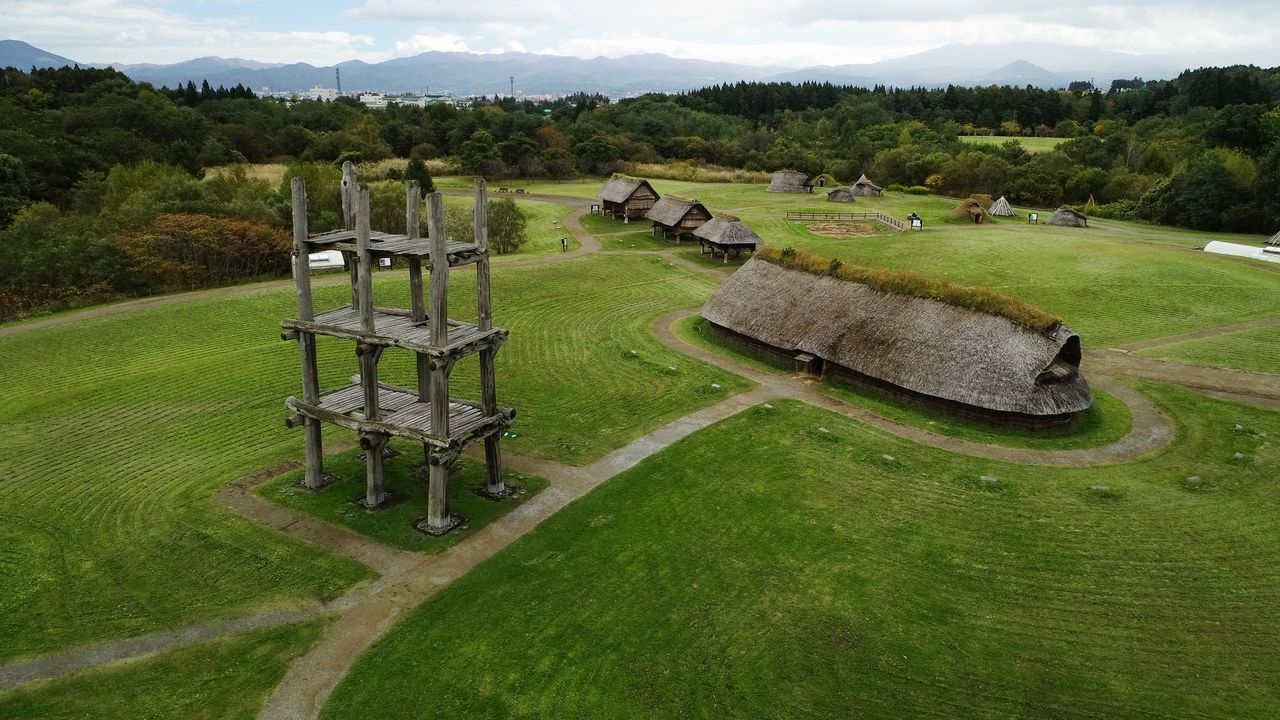
Japan’s 25 UNESCO World Heritage Sites: New Additions Highlight Prehistory and Biodiversity
Culture History Travel TravelOn July 27, 2021, at an online meeting of the World Heritage Committee of UNESCO, Jōmon Prehistoric Sites in Northern Japan was added to the World Heritage list. This followed the addition of Amami-Ōshima, Tokunoshima, northern Okinawa, and Iriomotejima the previous day.
Prehistoric Lives
The 17 Jōmon period sites registered as cultural heritage are dotted around Hokkaidō and northern Tōhoku, including Sannai-Maruyama in Aomori, Aomori Prefecture, and the Ōyu Stone Circles in Kazuno, Akita Prefecture.
The Jōmon period stretches from around 13,000 BC until the spread of rice farming in the Yayoi period (ca. 300 BC–300 AD). As other societies began leading settled lives centered on agriculture during this period, in Japan communities relied on hunting, gathering, and fishing, while building settlements of pillar-supported residences, communal graves, and ritual sites. Stone circles and other cultural artefacts can be observed both in Hokkaidō and Tōhoku, so it is likely that there was interchange between different groups. The International Council on Monuments and Sites, a UNESCO advisory body, stated that the sites “bear a unique testimony to the development over some 10,000 years of the pre-agricultural yet sedentary Jōmon culture and its complex spiritual belief system and rituals.”
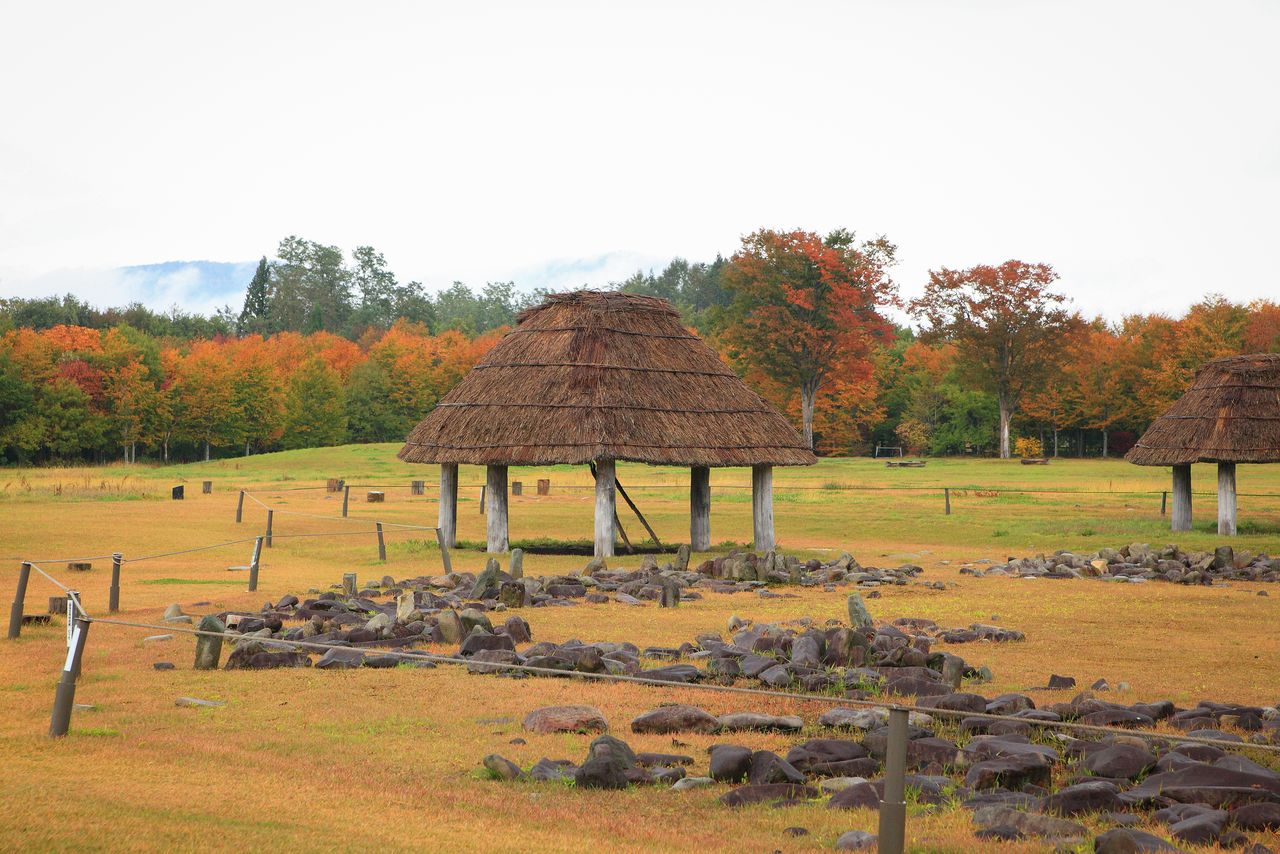
The Ōyu Stone Circles in Kazuno, Akita Prefecture. (Courtesy Akita Prefectural Tourism Federation)
Havens for Biodiversity
The southern Japanese islands registered as natural heritage were once part of the Eurasian continent, but broke away in ancient times. The site consists of five areas on four islands, notable for their extensive subtropical rainforests and unique ecosystems. There are 95 species on the International Union for Conservation of Nature Red List of Threatened Species, including the Amami rabbit found on Amami Ōshima and Tokunoshima, the Okinawa rail in the north of Okinawa Island, and Iriomotejima’s Iriomote cat. The site’s high biodiversity value was recognized in its registration.
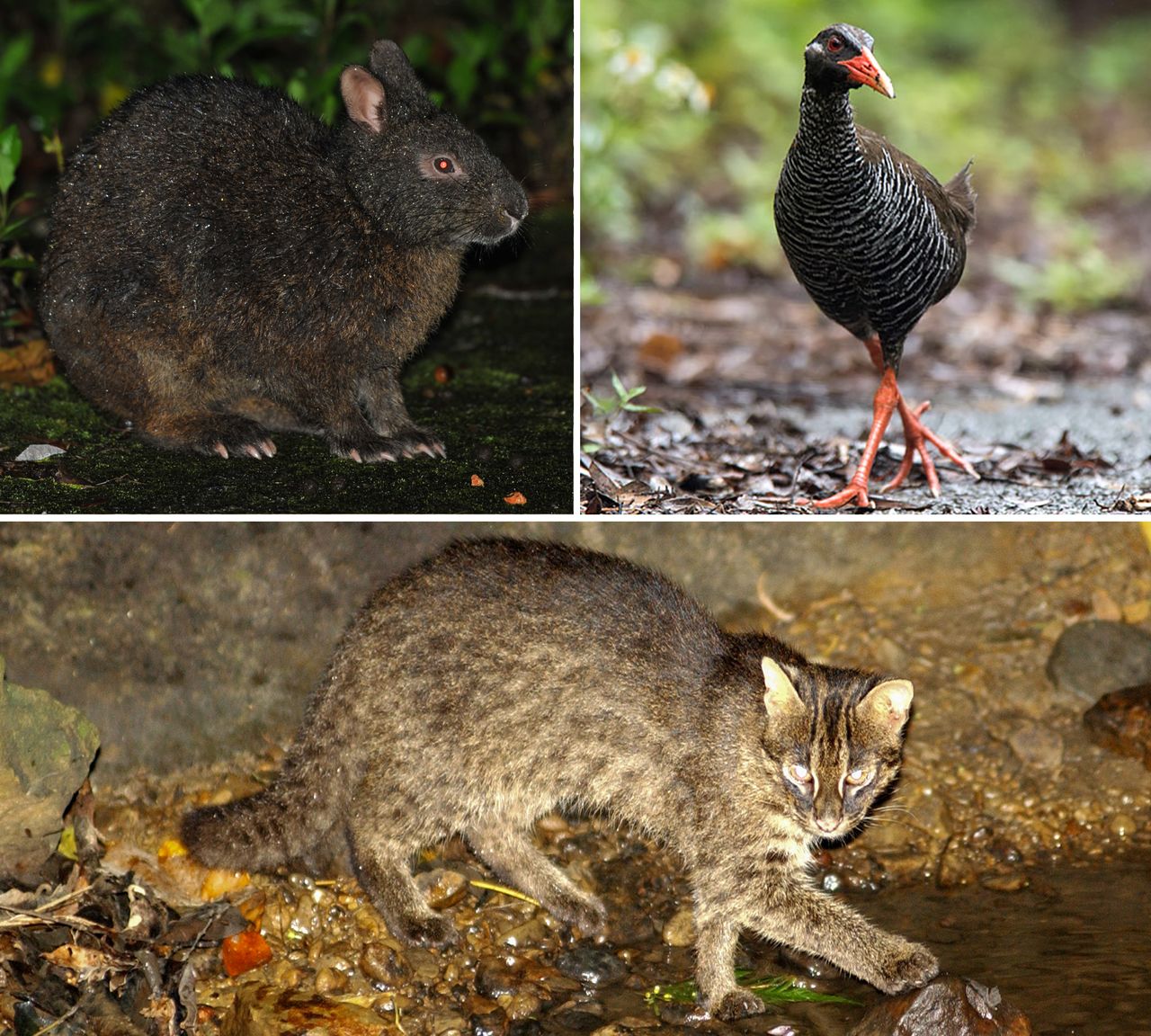
Clockwise from top left: the Amami rabbit and Okinawa rail (courtesy OCVB/KPVB), and the Iriomote cat (courtesy OCVB).
The Japanese government revised its nomination of the islands from an initial bid for heritage status in 2018 to focus on biodiversity. The COVID-19 pandemic delayed their successful registration from 2020 to 2021.
With its new additions in the north and south of the country, Japan now has a total of 25 World Heritage Sites, of which 5 are natural heritage sites.
World Heritage Sites in Japan
| Site (Prefectures) | Year Listed | |
|---|---|---|
| 1 | Buddhist Monuments in the Hōryūji Temple Area (Nara) | December 1993 |
| 2 | Himeji-jō Castle (Hyōgo) | December 1993 |
| 3 | Yakushima (Kagoshima) (natural heritage) | December 1993 |
| 4 | Shirakami-Sanchi (Aomori and Akita) (natural heritage) | December 1993 |
| 5 | Historic Monuments of Ancient Kyoto (Kyoto and Shiga) | December 1994 |
| 6 | The Historic Villages of Shirakawa-gō and Gokayama (Gifu and Toyama) | December 1995 |
| 7 | Hiroshima Peace Memorial (Hiroshima) | December 1996 |
| 8 | Itsukushima Shintō Shrine (Hiroshima) | December 1996 |
| 9 | The Historic Monuments of Ancient Nara (Nara) | December 1998 |
| 10 | The Shrines and Temples of Nikkō (Tochigi) | December 1999 |
| 11 | Gusuku Sites and Related Properties of the Kingdom of Ryūkyū (Okinawa) | December 2000 |
| 12 | Sacred Sites and Pilgrimage Routes in the Kii Mountain Range (Nara, Wakayama, and Mie) | July 2004 |
| 13 | Shiretoko (Hokkaidō) (natural heritage) | July 2005 |
| 14 | Iwami Ginzan Silver Mine (Shimane) | June 2007 |
| 15 | Hiraizumi—Temples, Gardens, and Archaeological Sites (Iwate) | June 2011 |
| 16 | Ogasawara Islands (Tokyo) (natural heritage) | June 2011 |
| 17 | Fujisan—Sacred Place and Source of Artistic Inspiration (Yamanashi and Shizuoka) | June 2013 |
| 18 | Tomioka Silk Mill and Related Sites (Gunma) | June 2014 |
| 19 | Sites of Japan’s Meiji Industrial Revolution: Iron and Steel, Shipbuilding and Coal Mining (Fukuoka, Saga, Nagasaki, Kumamoto, Kagoshima, Yamaguchi, Iwate, and Shizuoka) | July 2015 |
| 20 | The Architectural Work of Le Corbusier, an Outstanding Contribution to the Modern Movement (National Museum of Western Art; Tokyo) | July 2016 |
| 21 | Sacred Island of Okinoshima and Associated Sites in the Munakata Region (Fukuoka) | July 2017 |
| 22 | Hidden Christian Sites in the Nagasaki Region (Nagasaki and Kumamoto) | June 2018 |
| 23 | Mozu-Furuichi Kofun Group: Mounded Tombs of Ancient Japan (Osaka) | July 2019 |
| 24 | Amami-Ōshima Island, Tokunoshima Island, Northern Part of Okinawa Island, and Iriomote Island (Kagoshima and Okinawa) (natural heritage) | July 2021 |
| 25 | Jōmon Prehistoric Sites in Northern Japan (Hokkaidō, Aomori, Iwate, Akita) | July 2021 |
(Originally published in Japanese. Banner photo: The Sannai-Maruyama site with reconstructed buildings from the Jōmon period. Courtesy Jōmon Archives.)
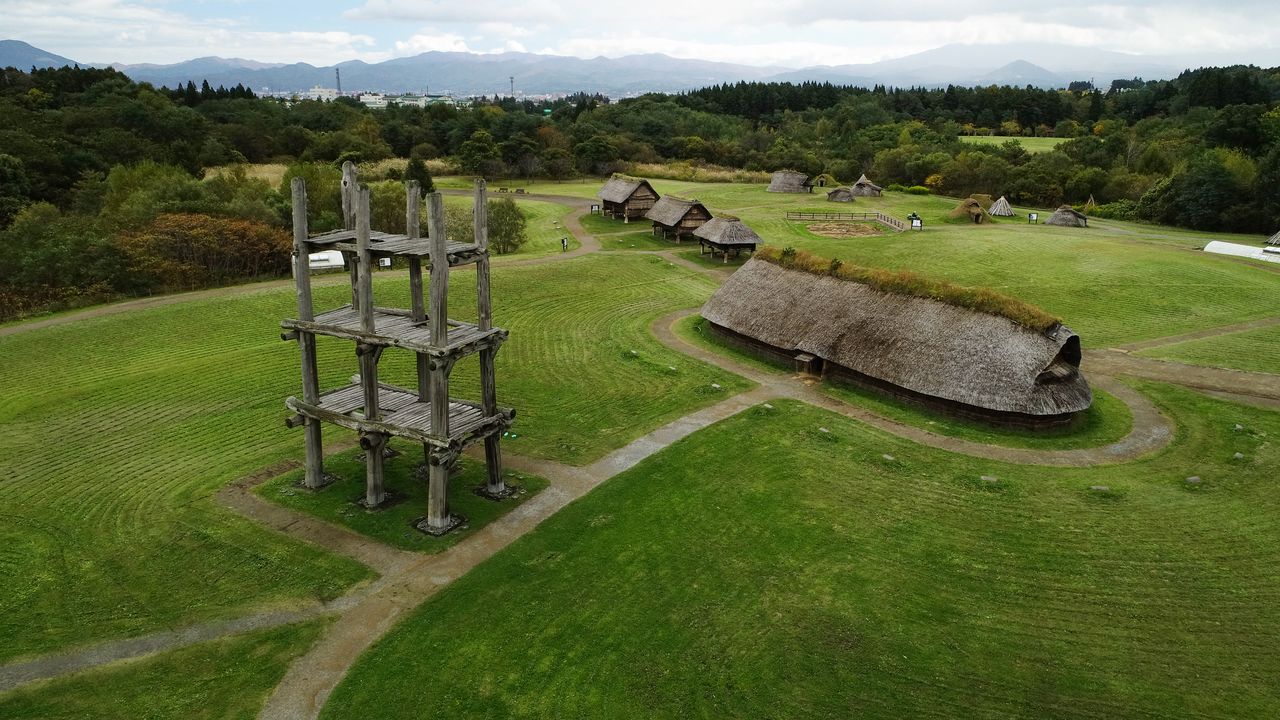
"홋카이도 · 북 동북의 죠몽 유적 군 '이 세계 유산에 등록 : 아마미 오키나와에 이어 국내 25 건째
문화 역사 여행 전통농경 이전의 정착 사회와 문화를 전파 아마미 오키나와 함께 등록
유네스코는 2021 년 7 월 27 일 온라인 개최 된 세계 유산위원회에서 일본이 추천 한 '홋카이도 북쪽 동북의 죠몽 유적 군」의 세계 문화 유산 등재를 결정했다. 일본 최대급의 조몬 취락 터 · 산 나이 마루야마 유적 (아오모리시)과 '아키타의 스톤 서클'라는 오유 환상 렬석 (녹각시) 등, 홋카이도와 아오모리, 이와테, 아키타의 동북 3 현에 점재 17의 유적으로 구성된다.
기원전 1 만 3000 년부터 벼농사가 퍼진 야요이 시대 (전 3 세기 - 후 3 세기)까지 1 만 년 이상에 걸친 죠몽 시대. 같은시기의 일본 이외의 지역에서는 농경과 목축을 기반으로 정착 한 반면, 죠몽 인은 사냥과 채집, 고기 잡이를하면서 수혈 주거 정착과 공동 묘지, 제사 (제사) 장을 마련했다. 환상 렬석 등 동일한 문화가 쓰가루 해협을 사이에두고 점재하는 교역도 있었다고 추측된다. 유네스코 자문 기관인 국제 기념물 유적 협의회 (이코 모스)는 "농경 이전의 정착 사회와 복잡한 정신 문화를 보여 정착 사회의 발전 단계와 다양한 환경 변화에 적응을 보이고있다"고 평가 하고 등록 권고했다.
26 일에는 20 년 추천 분의 " 아마미 오시마, 토 쿠노 시마 오키나와 섬 북부와 이리 오모테 "자연 유산 등록도 결정하고있다. 국내 세계 유산은 총 25 건, 문화 유산 20 건을 기록했다.
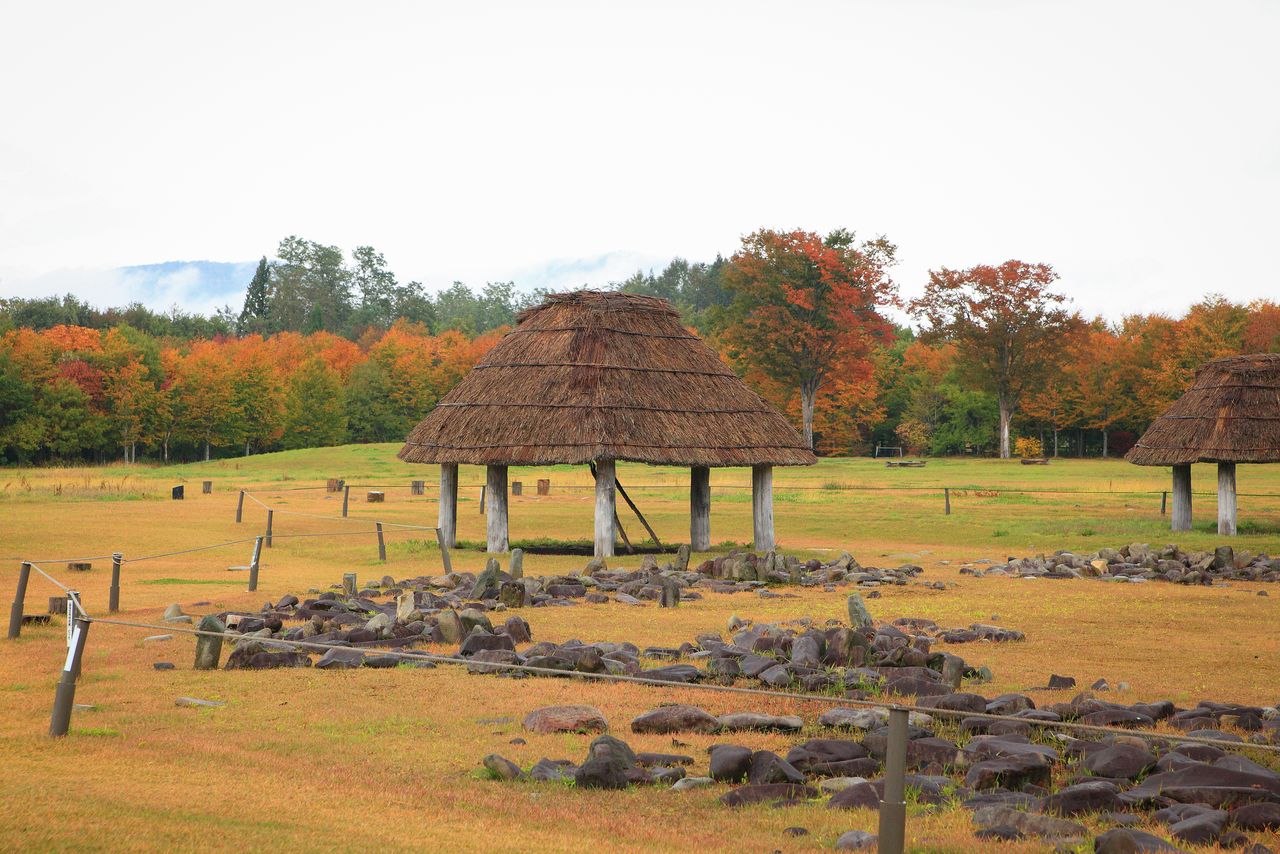
국가의 특별 사적 오유 환상 렬석 사진 : 아키타 현 관광 연맹
일본의 유네스코 세계 유산 (* 자연 유산)
| 등록순 | 등록 대상 | 등록시기 |
|---|---|---|
| 1 | 호류지 지역의 불교 건조물 (나라현) | 1993 년 12 월 |
| 2 | 히메 지성 (효고현) | 1993 년 12 월 |
| 3 | 야쿠시마 (가고시마 현) * | 1993 년 12 월 |
| 4 | 시라 카미 산지 (아오모리 현, 아키타 현) * | 1993 년 12 월 |
| 5 | 고도 교토의 문화재 (교토 부, 시가현) | 1994 년 12 월 |
| 6 | 시라카와 고와 고카 야마의 갓 쇼즈 쿠리 마을 (기후현, 도야마 현) | 1995 년 12 월 |
| 7 | 원폭 돔 (히로시마 현) | 1996 년 12 월 |
| 8 | 이쓰 쿠시마 신사 (히로시마 현) | 1996 년 12 월 |
| 9 | 고도 나라의 문화재 (나라현) | 1998 년 12 월 |
| 10 | 닛코의 사원 (토치 기현) | 1999 년 12 월 |
| 11 | 류큐 왕국의 구 스쿠 및 관련 유산 군 (오키나와 현) | 2000 년 12 월 |
| 12 | 기이 산지의 영지와 참배 길 (나라현, 와카야마 현, 미에현) | 2004 년 7 월 |
| 13 | 시레토코 (홋카이도) * | 2005 년 7 월 |
| 14 | 이와 미 긴잔 유적과 그 문화적 경관 (시마네 현) | 2007 년 6 월 |
| 15 | 히라이즈미 - 불국토 (정토)를 나타내는 건축 · 정원 및 고고 학적 유적 군 (이와테 현) | 2011 년 6 월 |
| 16 | 오가사와라 제도 (도쿄도) * | 2011 년 6 월 |
| 17 | 후지산 - 신앙의 대상과 예술의 원천 (야마나시 현, 시즈오카 현) | 2013 년 6 월 |
| 18 | 토미 오카 제사장과 비단 산업 유산 군 (군마현) | 2014 년 6 월 |
| 19 | 메이지 일본의 산업 혁명 유산 제철 · 제강, 조선, 석탄 산업 (후쿠오카 현, 사가현, 나가사키 현, 구마모토 현, 가고시마 현, 야마구치 현, 이와테 현, 시즈오카 현) | 2015 년 7 월 |
| 20 | 르 코르뷔지에의 건축 작품 - 현대 건축에 뛰어난 공헌 - (국립 서양 미술관 = 도쿄도) | 2016 년 7 월 |
| 21 | "하나님 머무는 섬 '무 나카타 · 오 키노 시마 섬과 관련 유산 군 (후쿠오카 현) | 2017 년 7 월 |
| 22 | 나가사키와 아마쿠사 지방의 잠복 크리스찬 관련 유산 (나가사키 현, 구마모토 현) | 2018 년 6 월 |
| 23 | 모즈 · 후루 이치 고분군 (오사카 부) | 2019 년 7 월 |
| 24 | 아마미 오시마, 토 쿠노 시마 오키나와 섬 북부와 이리 오모테 섬 (가고시마 현, 오키나와 현) * | 2021 년 7 월 |
| 25 | 홋카이도 북쪽 동북의 죠몽 유적 군 (홋카이도, 아오모리 현, 이와테 현, 아키타 현) | 2021 년 7 월 |
배너 사진 : 죠몽 시대 전기 중반부터 중기 말의 대규모 취락 유적에서 국가 특별 사적 산 나이 마루야마 유적 (출처 :JOMON ARCHIVES )
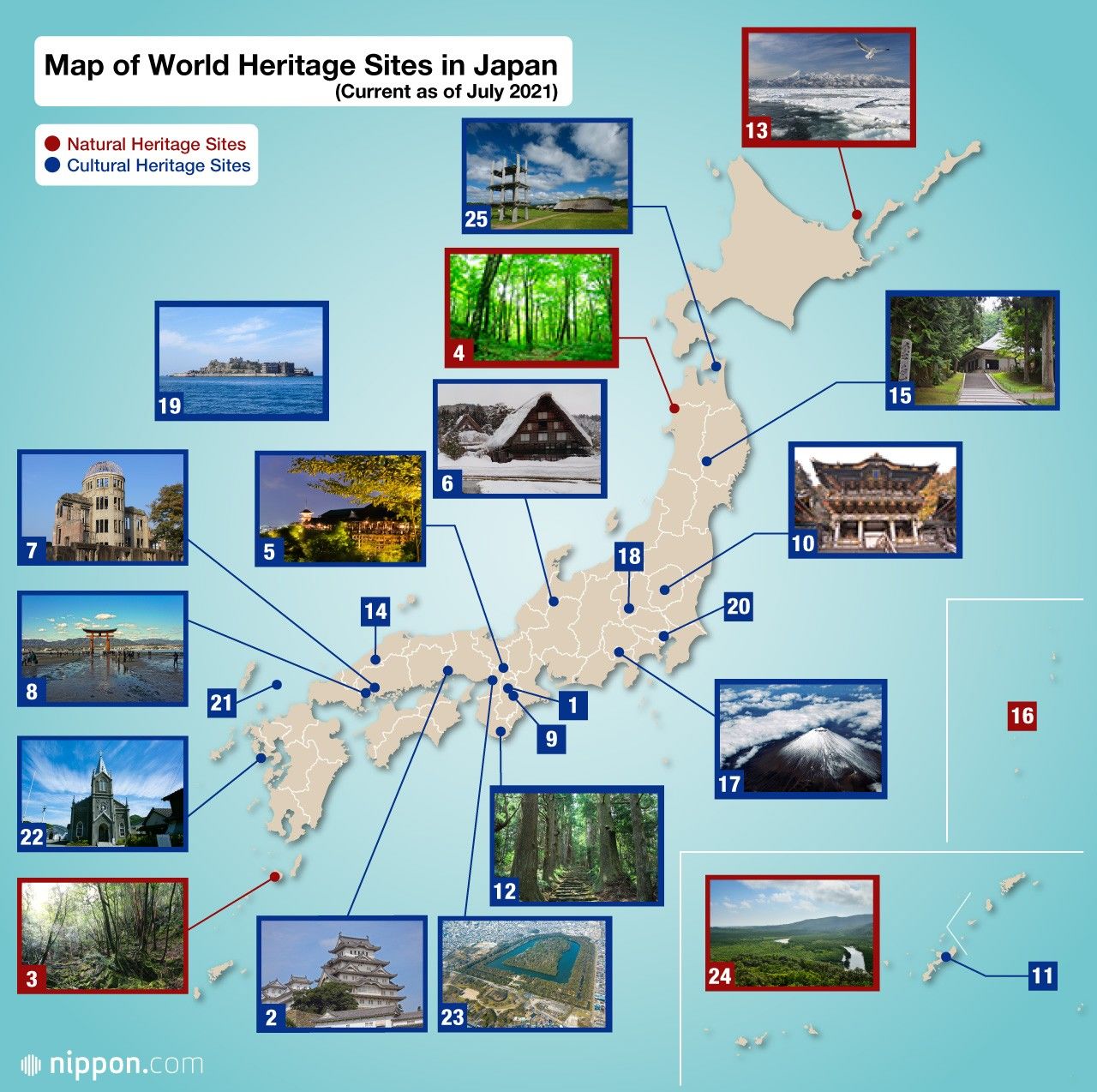
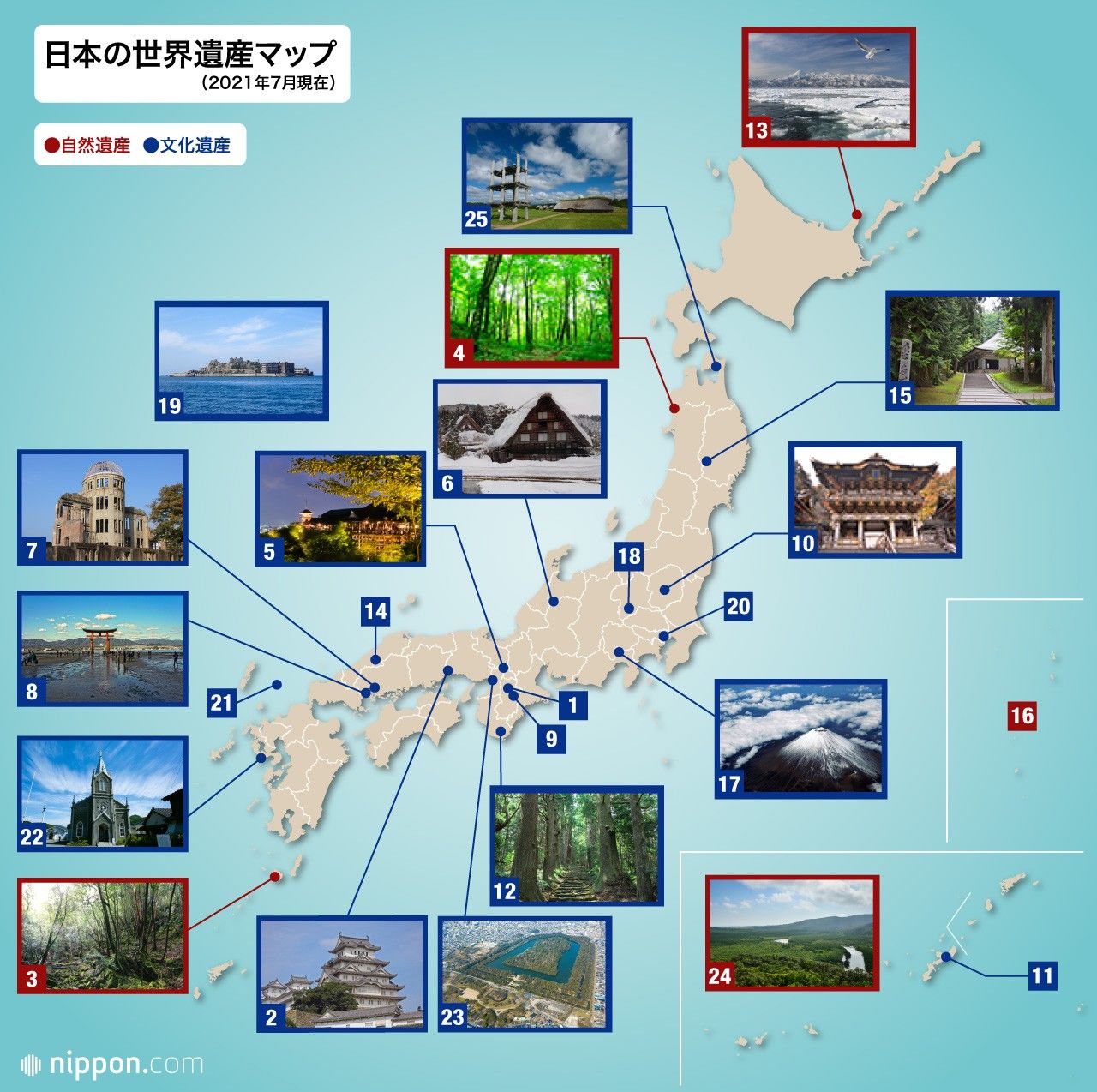
No comments:
Post a Comment